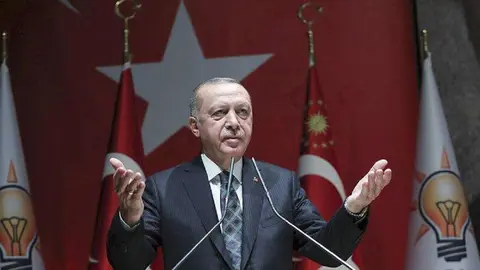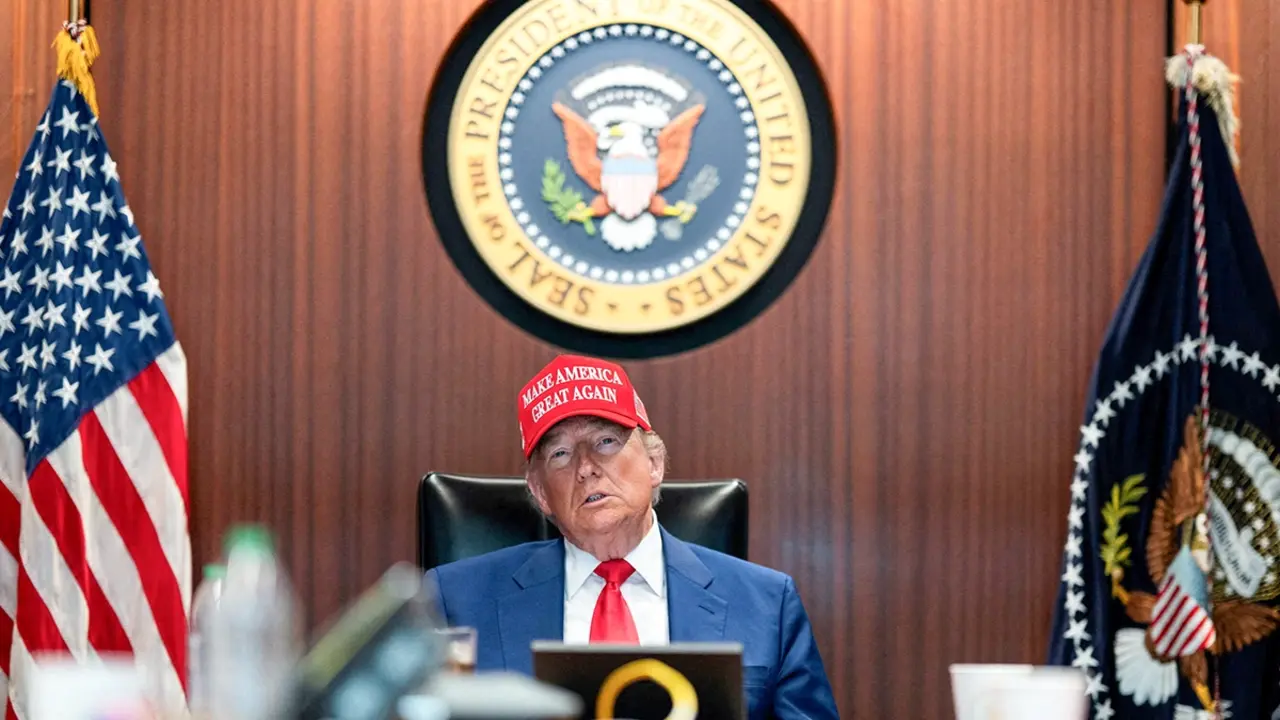Falling lira fuels boom in interest trading in Turkish market
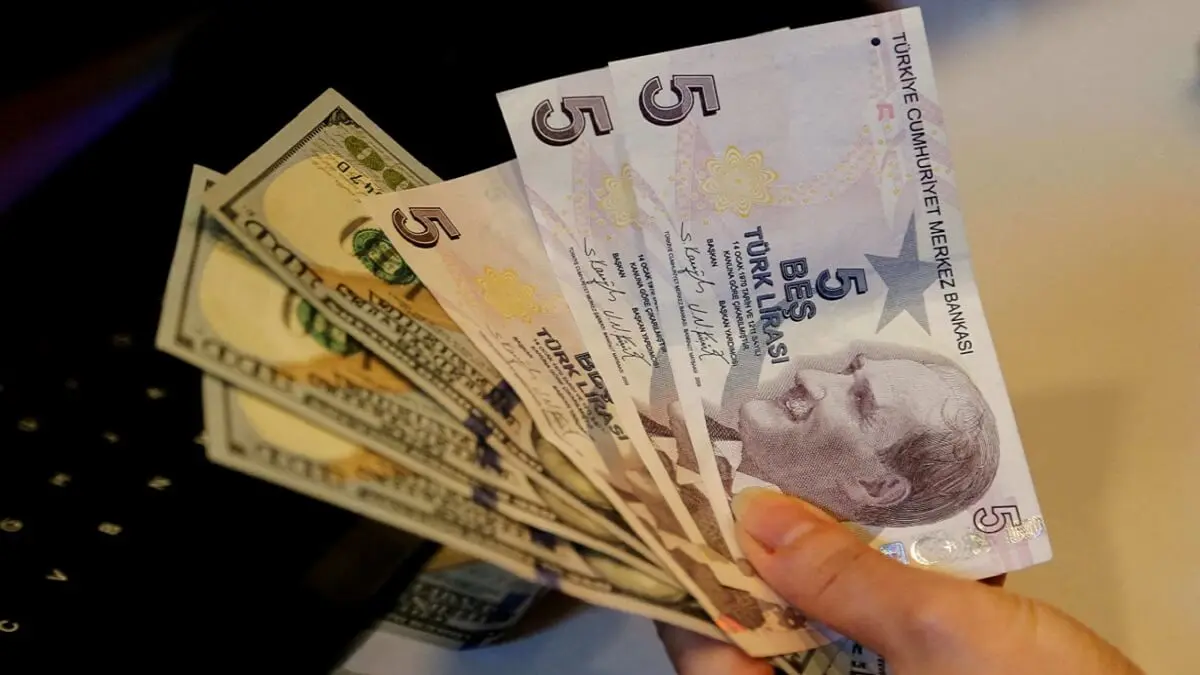
Turkey's monetary authorities are seeking to generate greater confidence among foreign investors to inject capital, a crucial factor in boosting the economy. To achieve this, they have adopted policies aimed at keeping the local currency within a narrow range of depreciation.
The new economic administration, led by President Recep Tayyip Erdoğan after his victory in last year's presidential elections, has implemented a strategy focused on ‘real appreciation’, i.e. purchasing power. This involves allowing the lira to weaken, but at a controlled pace and below the rate of inflation.
This measure aims to alleviate inflationary pressures stemming from the lira's weakening against the US dollar, in one of the emerging markets most vulnerable to regional and global fluctuations.
Although the Turkish currency lost 16 per cent of its nominal value last year, when assessing purchasing power, it made its biggest gains since 2007. This benefited foreign investors, who were able to earn yields of more than 50 per cent on lira-denominated bonds. Local investors often view the lira's exchange rate against the US dollar as a key barometer of Turkey's economic strength.
Having been one of the most volatile currencies in emerging markets, the lira has experienced a gradual recovery in real terms since its sharp fall in 2021, when it lost almost half of its value against the dollar.
Through the real appreciation strategy, the central bank seeks to limit the lira's losses below the rate of inflation, with the aim of reducing inflationary pressures and minimising the pass-through of currency weakness to prices.
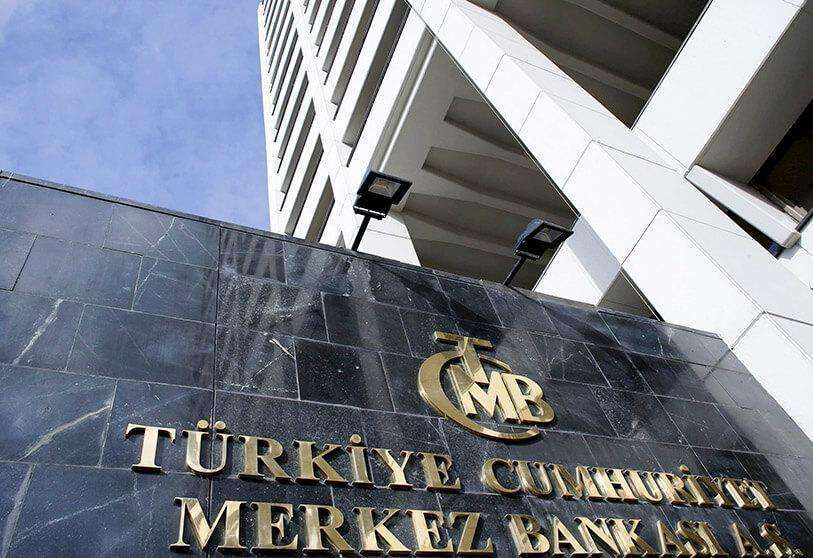
In its 2025 monetary policy report, the Turkish central bank stated that lira-denominated assets will remain attractive to investors, suggesting that consumer price controls will continue to be a key pillar of policies aimed at reducing inflation.
While it is still premature to assess the viability of this approach, some experts see it as a good sign for investors in Turkish assets.
Peter Kinsella, chief currency strategist at Union Banker Brief, told Bloomberg that, in terms of interest trading, ‘this is a highly profitable strategy’.
Kinsella said he has been optimistic about interest trading in the lira over the past six months. For the expert, the real challenge relates to how quickly the Turkish central bank will cut interest rates.
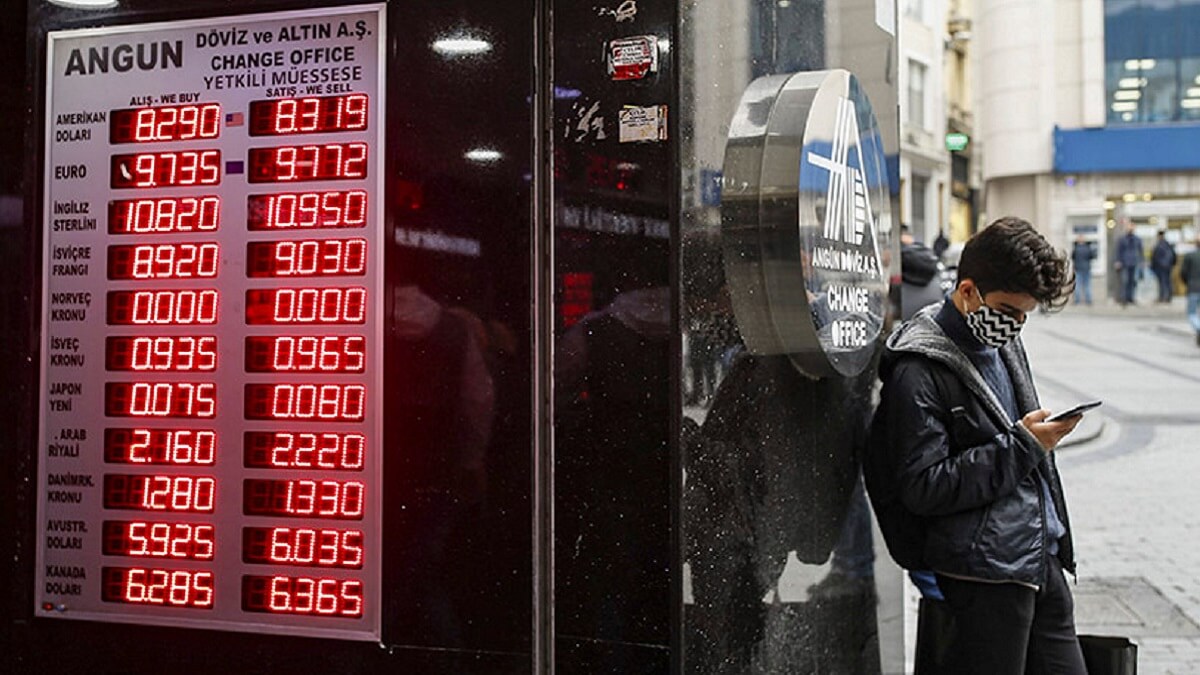
Interest trading involves borrowing in countries and currencies with relatively low interest rates, such as the United States, Europe and Japan, and then investing those funds in countries with higher interest rates, such as Turkey.
By ensuring that the lira's exchange rate is relatively stable and predictable, the Turkish central bank has increased the attractiveness of this strategy by reducing the risk of unexpected currency losses.
In the past six months, investors who borrowed dollars and invested in lira-denominated bonds achieved an average return of 15 per cent, according to data compiled by Bloomberg.
This is almost double the return on investments in the Argentine peso, considered the Turkish lira's main competitor.

Turkey's central bank is unlikely to allow an acceleration of the lira's devaluation in the near term, even after it began cutting rates in December, Kevin Daly and Clemens Graf, economic analysts at Goldman Sachs, said this month.
They stressed that monetary stability is even more crucial, as lower interest rates somewhat diminish the attractiveness of local assets.
Although analysts anticipated a series of more aggressive cuts at the central bank's eight meetings scheduled for 2025, officials have warned about the potential negative effects of a continuous and uninterrupted cycle of cuts on the economy.
According to Victor Sabo, senior investment director at Aberdeen Investments, interest trading in the lira remains attractive at present, although he cautioned that the speed at which the Turkish central bank cuts interest rates should be monitored.
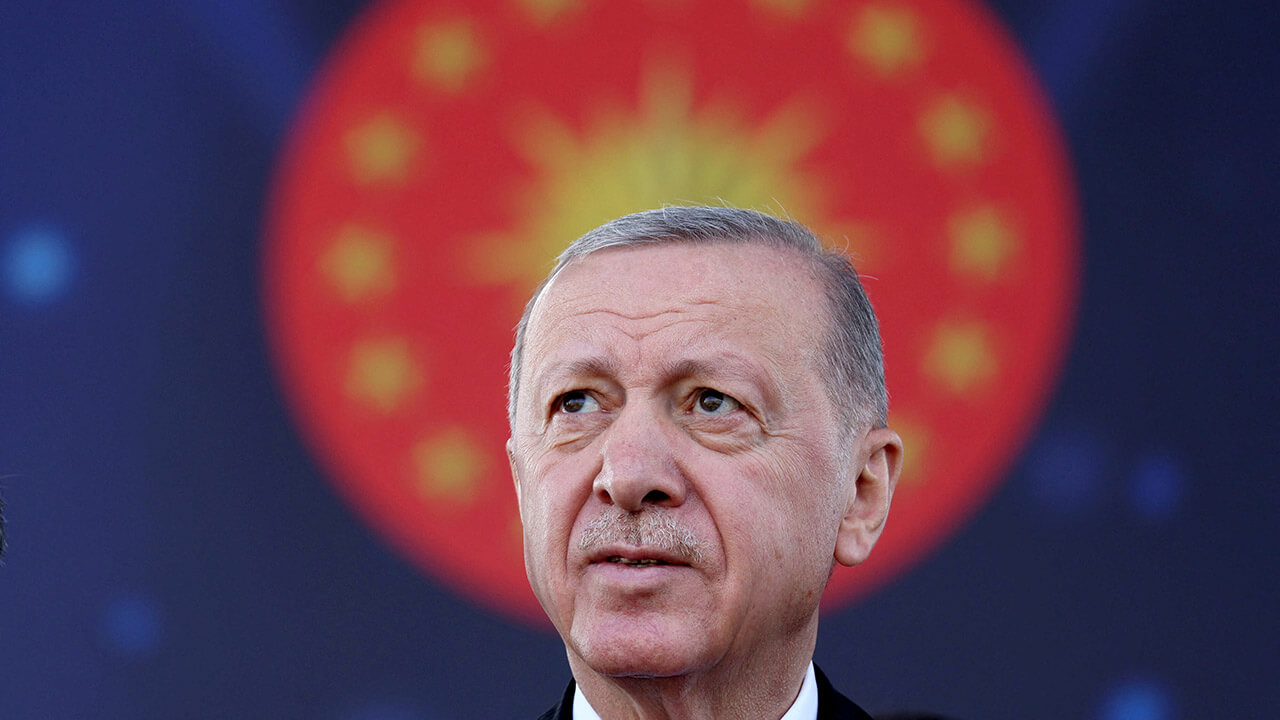
Sabo explained that while the latest data on inflation and economic activity in Turkey justifies a rate cut at an accelerated pace, opting for a ‘gradual cycle’ appears to be a more sensible strategy.
The data show a deceleration in the annual inflation rate in the local market at the end of December, which stood at 44.4%, down from 47.1% in November.
However, there is a downside. One of the unintended consequences of the lira's increased purchasing power could be an increase in the demand for imports, which would pose a threat to the current account balance.


